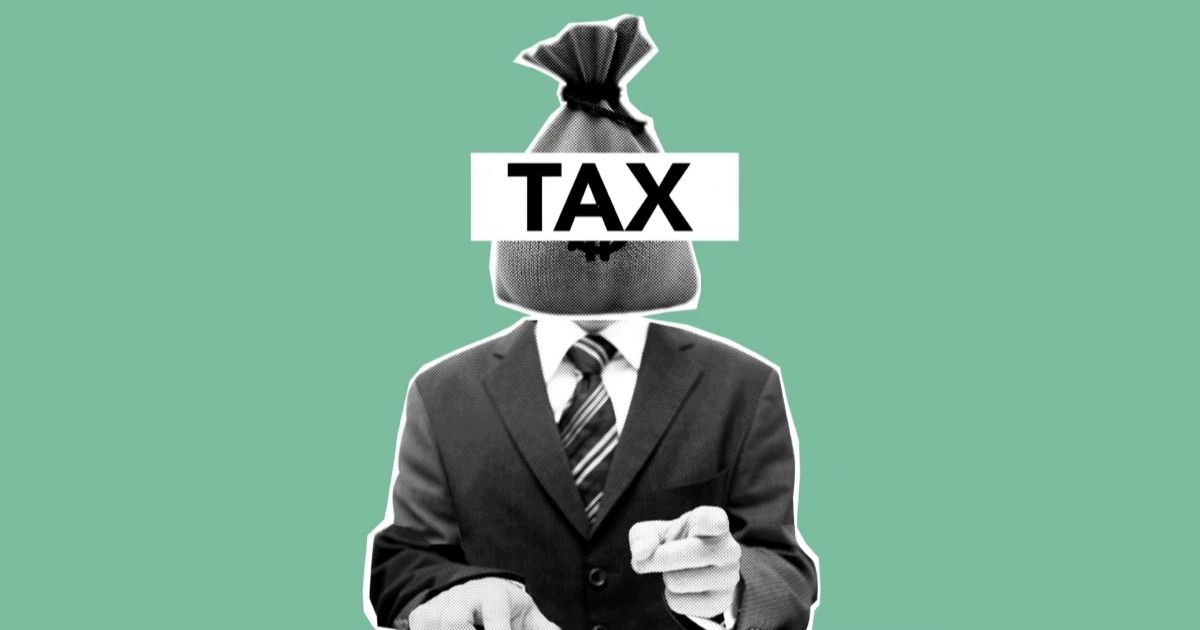While Sri Lanka’s economy has been in a vulnerable state for a long time due to its long-running twin deficit problem – fiscal and balance of payments (BOP) deficits, the tax cuts of 2019 was the ‘straw that broke the camel’s back’, nudging the economy off the precipice. The Vistas of Prosperity and Splendour, President Gotabaya Rajapaksa’s election manifesto which was later adopted as the national policy framework vowed a new tax policy, claiming that the existing tax system had contributed to the collapse of the domestic economy.
Soon after taking office in November 2019, VAT, corporate income tax, and personal income tax rates were slashed, withholding taxes, PAYE, and some other taxes were scrapped. Several new exemptions were granted, one of the beneficiaries of these exemptions being the Information and Communication Technology (ICT) industry with a corporate tax rate reduction to 0%. Tax holidays, exemptions, and concessions have long been used as an incentive for investment in Sri Lanka, but the effectiveness of these incentives in attracting investment into the country is debated.
The post-election tax reforms
Foreign direct investments (FDI) into Sri Lanka, for example, have been lackluster in comparison to other emerging economies despite generous tax incentives. Data from the last 5 years shows that FDI’s of BOI enterprises were 54-75% concentrated in non-tradable sectors like property development, telecom networks, and power projects. IT and BPO-related FDI’s of the BOI accounted for just 1-5%, with the highest investment, $58.7 million being made in 2018.
VAT exemptions were granted to certain IT and enabled services. Although not specific to the IT industry, the higher threshold on personal income tax liability (from LKR 1.2 million to LKR 3 million) would have also benefited mid-level and senior IT employees. The Telecommunication levy was also reduced in December 2019 from 15% to 11.25%. The ICT industry also benefited from the removal of the National Building Tax (from 2.04% to 0%), and VAT rate reductions.
All in all, it is estimated that these 2019 tax cuts cost the government about LKR 600-800 million per annum. It was recently revealed at a Committee on Public Enterprises (COPE) inquiry that the International Monetary Fund’s (IMF) assessment of Sri Lanka’s external debt had changed from sustainable (albeit with high rollover risk) to unsustainable between November 2019 and April 2020. This cannot be attributed to the impact of Covid-19 on the economy, as Sri Lanka had only just entered its first lockdown by that time.
Therefore, it is clear that it was the post-election tax changes that made Sri Lanka’s external debt ‘unsustainable’ which subsequently led to Sri Lanka being downgraded by rating agencies and getting locked out of financial markets, which would otherwise have helped Sri Lanka in rolling over its debt (taking new debt to pay the old debt).
The new tax changes
Last week, newly appointed Prime Minister Ranil Wickremasinghe proposed several new tax amendments to shore up government revenue in response to Sri Lanka’s unprecedented economic crisis. Corporate income taxes have been increased from 24% to 30% and the concessionary tax rate granted to certain industries increased from 14% to 15%.
Telecommunication levies were reversed back to 15% and the PAYE system is to be reintroduced with a threshold of Rs 1.8 million per annum. VAT has been increased from 8% to 12% and withholding taxes on professional services exceeding Rs 100,000 will be applicable, under which any IT consultancies and one-off contracts would also be taxed, at 5%.
It is unclear if the IT sector and enabled services, which were previously exempted from corporate taxes will continue to be exempted. In the Ministry of Finance’s annual report 2021, the ministry states that the tax base is to be widened and tax thresholds, exemptions, and concessions are to be rationalized. While rate changes have been announced, more guidance is forthcoming.
In addition, the PM’s office announced that it would add a surcharge of 25-100% on the general duty applicable on certain imports. There are fears that the costs of mobile phones and other tech-related gadgets may increase, but the full list of products published by the ministry of finance does not include mobile phones. It does include some tech-related gadgets like videophones, digital cameras, video cameras, certain radio-broadcasting equipment, certain monitors, projectors, and aerial equipment.
Mobile phones were, however, always exempt from general duty and VAT, and were only subjected to a Ports and Aviation Levy (PAL) of 5-10%, therefore the fear that ‘mobile phones will double in price’ is unfounded. The availability and cost of mobile phones, laptops, and other day-to-day gadgets we use will be affected more by Sri Lanka’s lack of dollars to import and the 80% appreciation of the dollar against the rupee, and very marginally by tax increases. This is the case not only for tech gadgets but also for many other essentials.
Expectations and reality
The government expects to raise LKR 125 billion for the rest of 2022 but it remains to be seen how much revenue the government will succeed in actually raising as economic activity will also contract during the crisis period. It is important, however, that medium to long-term reforms include designs for an improved and more equitable tax structure to increase government revenue, and tax exemptions be an exception and not the norm.
There are more ways to improve the investment climate to encourage investments, if that is what the government wishes, than relying on tax-based incentives. In the ICT industry, for instance, there is a shortage in the supply of skilled workers. The National IT-BPM Workforce Survey 2019 by the ICTA projected a widening gap between the demand and supply of ICT workers. The demand for ICT graduates had increased and the quality of training had improved, but the ICT training system in the country was not geared to produce adequate numbers of graduates for IT businesses, it said.
Therefore, investments into IT education and overall educational reforms to target outcomes related to IT skills among youth are likely to be more meaningful for the industry than tax incentives to make up for the lack of such interventions. Another hindrance IT companies face is the cost of and access to finance, as Sri Lankan banks are unwilling to lend without significantly large collateral. So interventions to improve access to finance would also be more meaningful.
The ICT industry is undoubtedly one of Sri Lanka’s high-potential industries having brought in net inflows worth USD 1 billion in 2021. More targeted, consistent, and long-term interventions are needed to improve the overall environment in which the industry functions. Improving the ease of starting and doing a business, investing in education, and training of the labor force, flexible labor market regulations, interventions to improve women’s labor force participation, improving access to finance, unlocking land supply, and improving infrastructure would yield better outcomes not only to the ICT industry but also for the entire country.







Overall educational reforms to target outcomes related to IT skills among youth are likely to be more meaningful for the industry than tax incentives to make up for the lack of such interventions. Another hindrance IT companies face is the cost of and access to finance, as Sri Lankan banks are unwilling to lend without significantly large collateral. So interventions to improve access to finance would also be more meaningful.